Is It Too Late To Jump On The Pumpkin-everything Bandwagon?


Is it too late to jump on the pumpkin-everything bandwagon?
Select pumpkin images from our Seed Catalogs collection
More Posts from Lanas-own-blog and Others


Orions Belt and Sword over Teides Peak : The southern part of Orion, the famous constellation and mythical hunter, appears quite picturesque posing here over a famous volcano. Located in the Canary Islands off the northwest coast of Africa, the snow-peaked Teide is one of the largest volcanoes on Earth. Lights from a group planning to summit Teide before dawn are visible below the volcanos peak. In this composite of exposures taken from the same location one night last month, the three iconic belt stars of Orion are seen just above the peak, while the famous Orion Nebula and the rest of Orions sword are visible beyond the volcanos left slope. Also visible in the long duration sky image are the Horsehead Nebula, seen as a dark indentation on the red emission nebula to the belts left, and the Flame Nebula, evident just above and to the right of the Horsehead. via NASA
js

Fill your void
Our Flying Observatory Goes to New Zealand!
Our flying observatory, called SOFIA, carries a 100-inch telescope inside a Boeing 747SP aircraft. Scientists onboard study the life cycle of stars, planets (including Pluto’s atmosphere), the area around black holes and complex molecules in space.
Heading South

Once each year our flying observatory, SOFIA, its team and instruments travel to the Southern Hemisphere to Christchurch, New Zealand. From there the team studies stars and other objects that cannot be seen while flying in the Northern Hemisphere.
What We Study

We often study star formation in our Milky Way Galaxy. But from the Southern Hemisphere we can also study the lifecycle of stars in two other galaxies called the Magellanic Clouds. The Magallenic Clouds have different materials in them, which changes how stars form in these galaxies. Scientists are studying these differences to better understand how the first stars in our universe formed.
Home Away from Home

The observatory and its team use the National Science Foundation’s U.S. Antarctic Program facility at Christchurch International Airport. The Antarctic program’s off-season is June and July, so it’s an ideal time for us to use these facilities.
Another Blast of Winter

The Southern Hemisphere’s seasons are opposite from our own. When we are operating from Christchurch in June and July, it’s winter. This means that the nights are very long – ideal for our nighttime observing flights, which last approximately 10 hours.
Light Show

These observations often bring us so far south that the team onboard can see the Southern Lights, also called the Aurora Australis. This is the Southern Hemisphere equivalent of the Northern Lights, or Aurora Borealis, visible near the North Pole. Auroras are caused by particles from space hitting the atmosphere near Earth’s magnetic poles. Our scientists onboard SOFIA don’t study the aurora, but they do enjoy the view.
Make sure to follow us on Tumblr for your regular dose of space: http://nasa.tumblr.com
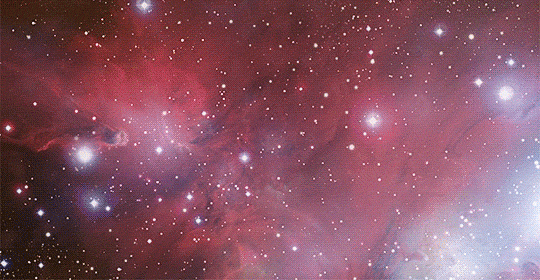
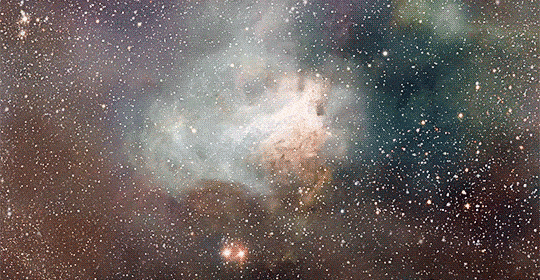
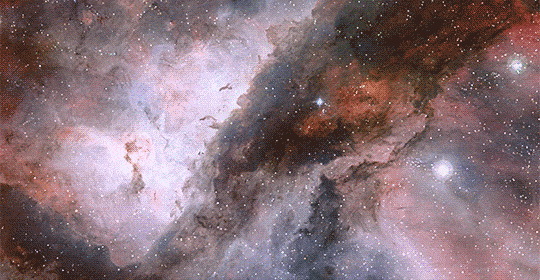

Flying Across The Universe Part 2 (From Top to Bottom: Cone Nebula, Omega Nebula, Carina Nebula, and Lupus 3)
(Part 1)
Credit: ESO.org

Vela Supernova Remnant : The plane of our Milky Way Galaxy runs through this complex and beautiful skyscape. At the northwestern edge of the constellation Vela the telescopic frame is over 10 degrees wide, centered on the brightest glowing filaments of the Vela Supernova Remnant, an expanding debris cloud from the death explosion of a massive star. Light from the supernova explosion that created the Vela remnant reached Earth about 11,000 years ago. In addition to the shocked filaments of glowing gas, the cosmic catastrophe also left behind an incredibly dense, rotating stellar core, the Vela Pulsar. Some 800 light-years distant, the Vela remnant is likely embedded in a larger and older supernova remnant, the Gum Nebula via NASA
js
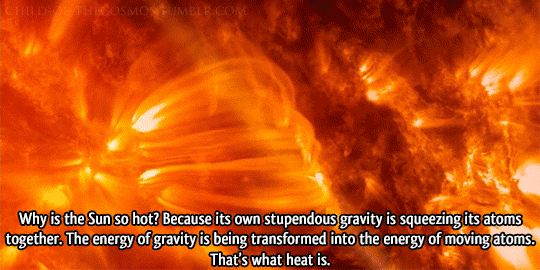

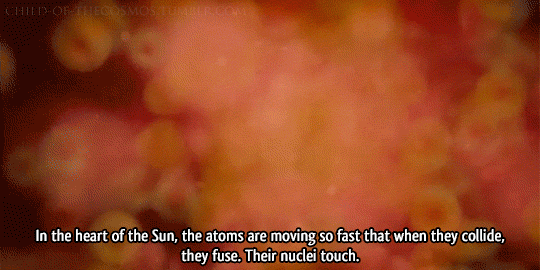
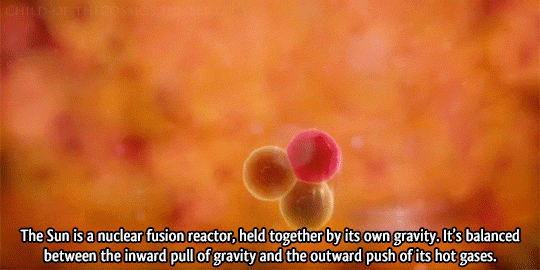

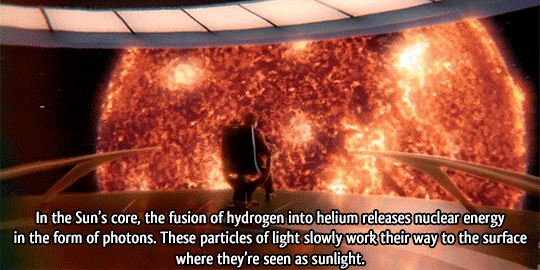
The Atom: Part 4 of 5 (Part 1, Part 2, Part 3) Episode 6: Deeper, Deeper, Deeper Still, Cosmos: A SpaceTime Odyssey
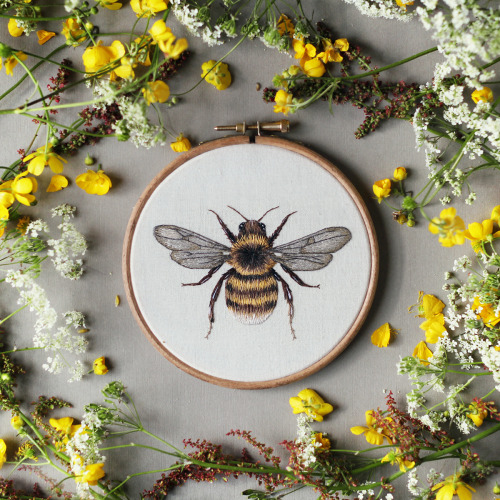
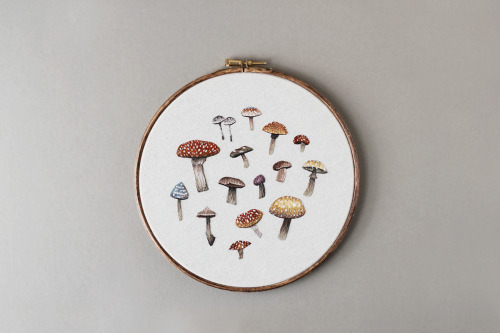
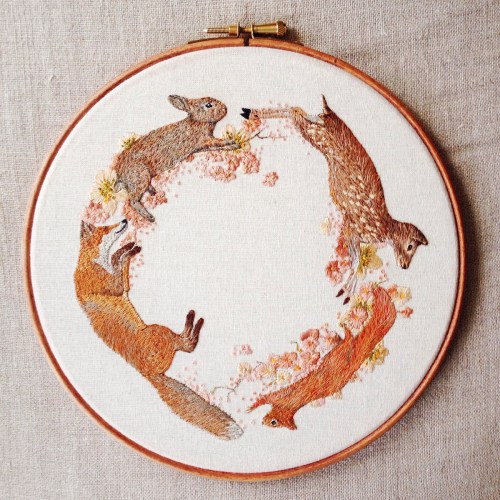

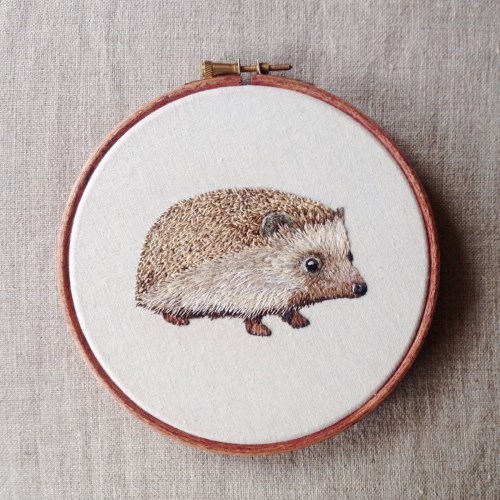

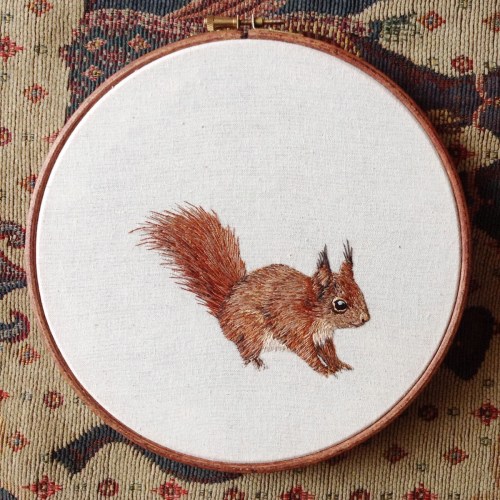
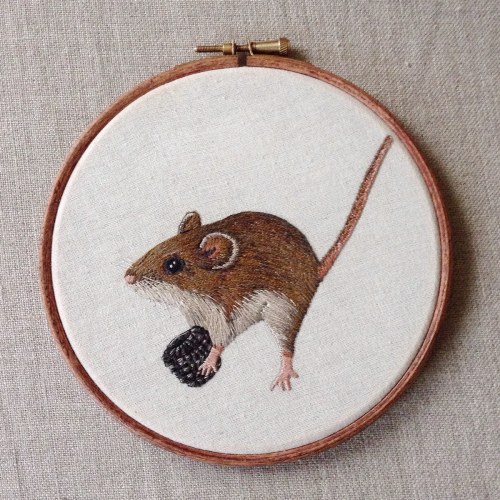
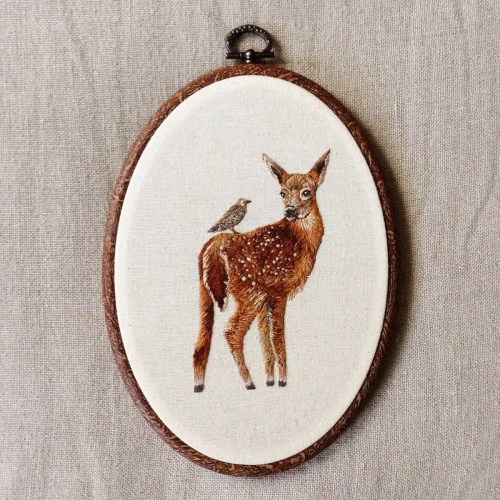
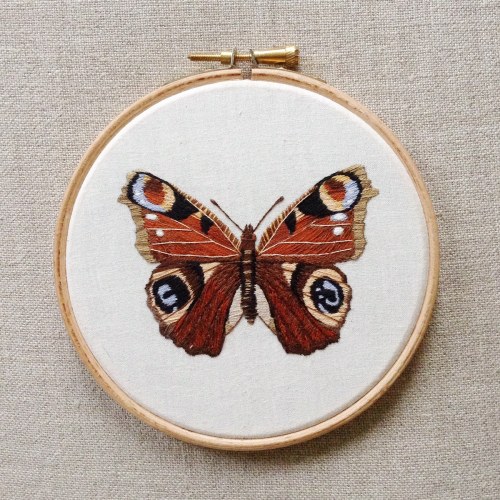
Delicate Nature and Animal Embroidery by Emillie Ferris
UK artist Emillie Ferris composes stunning embroidery illustrations of wildlife and nature into pendants and oval frames. Depicting delicate animals, such as butterflies, deers and rabbits, Ferris’ choice of wildlife subjects exist in the realms of an ethereal forest.
Her embroidery technique displays meticulous talent and detail to color, shape, as well as the texture of fur, which stands out against a clean off-white background. You can find more of her dainty designs at her Etsy shop!

NGC 5189.
Credit: NASA, ESA and The Hubble Heritage Team (STScI/AURA)
-
 maison-bulle-internationale reblogged this · 8 years ago
maison-bulle-internationale reblogged this · 8 years ago -
 rhymemeariver liked this · 9 years ago
rhymemeariver liked this · 9 years ago -
 honeydrip liked this · 9 years ago
honeydrip liked this · 9 years ago -
 hotmalegreek liked this · 9 years ago
hotmalegreek liked this · 9 years ago -
 thinkingupblognamesishard reblogged this · 9 years ago
thinkingupblognamesishard reblogged this · 9 years ago -
 lawndaisies liked this · 9 years ago
lawndaisies liked this · 9 years ago -
 simplybolkonsky liked this · 9 years ago
simplybolkonsky liked this · 9 years ago -
 stirling-greene reblogged this · 9 years ago
stirling-greene reblogged this · 9 years ago -
 stirling-greene liked this · 9 years ago
stirling-greene liked this · 9 years ago -
 beautifulcentury reblogged this · 9 years ago
beautifulcentury reblogged this · 9 years ago -
 fuckyeahilike liked this · 9 years ago
fuckyeahilike liked this · 9 years ago -
 the-ghost-of-curiosity reblogged this · 9 years ago
the-ghost-of-curiosity reblogged this · 9 years ago -
 petit-jean liked this · 9 years ago
petit-jean liked this · 9 years ago -
 faye--fidelity liked this · 9 years ago
faye--fidelity liked this · 9 years ago -
 thedreammembrane reblogged this · 9 years ago
thedreammembrane reblogged this · 9 years ago -
 stupendousluminarygiver liked this · 9 years ago
stupendousluminarygiver liked this · 9 years ago -
 branheatherby reblogged this · 9 years ago
branheatherby reblogged this · 9 years ago -
 wintermanworld liked this · 9 years ago
wintermanworld liked this · 9 years ago -
 3030juan reblogged this · 9 years ago
3030juan reblogged this · 9 years ago -
 rien-de-plus reblogged this · 9 years ago
rien-de-plus reblogged this · 9 years ago -
 rien-de-plus liked this · 9 years ago
rien-de-plus liked this · 9 years ago -
 leftherthere liked this · 9 years ago
leftherthere liked this · 9 years ago -
 libraryphantomg5 reblogged this · 9 years ago
libraryphantomg5 reblogged this · 9 years ago -
 libraryphantomg5 liked this · 9 years ago
libraryphantomg5 liked this · 9 years ago -
 cryptobotanical reblogged this · 9 years ago
cryptobotanical reblogged this · 9 years ago -
 trees-stars-seas liked this · 9 years ago
trees-stars-seas liked this · 9 years ago -
 damnwyverngems liked this · 9 years ago
damnwyverngems liked this · 9 years ago -
 sheriffofbugtown reblogged this · 9 years ago
sheriffofbugtown reblogged this · 9 years ago -
 the-ghost-of-curiosity liked this · 9 years ago
the-ghost-of-curiosity liked this · 9 years ago -
 cheapbrain reblogged this · 9 years ago
cheapbrain reblogged this · 9 years ago -
 terriblepersona reblogged this · 9 years ago
terriblepersona reblogged this · 9 years ago -
 terriblepersona liked this · 9 years ago
terriblepersona liked this · 9 years ago -
 weallfloatinxanadu reblogged this · 9 years ago
weallfloatinxanadu reblogged this · 9 years ago -
 weallfloatinxanadu liked this · 9 years ago
weallfloatinxanadu liked this · 9 years ago -
 harlemphotographer-blog liked this · 9 years ago
harlemphotographer-blog liked this · 9 years ago -
 ravensmuse reblogged this · 9 years ago
ravensmuse reblogged this · 9 years ago -
 kelcipher reblogged this · 9 years ago
kelcipher reblogged this · 9 years ago -
 peanutpaste87-blog reblogged this · 9 years ago
peanutpaste87-blog reblogged this · 9 years ago -
 m-y-s-t-e-r-y-s-tome-blog reblogged this · 9 years ago
m-y-s-t-e-r-y-s-tome-blog reblogged this · 9 years ago -
 m-y-s-t-e-r-y-s-tome-blog liked this · 9 years ago
m-y-s-t-e-r-y-s-tome-blog liked this · 9 years ago
I've had lots of blogs in the past, but this one I'm actualy excited to share with people.
68 posts
